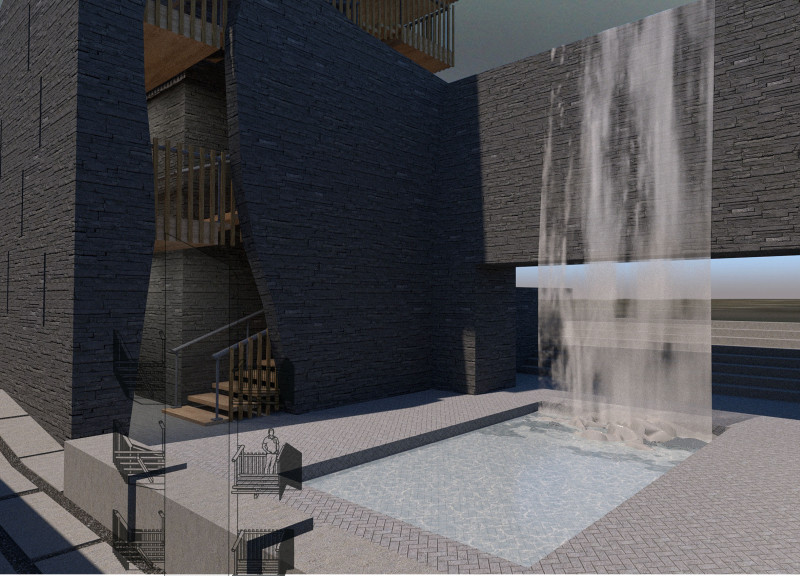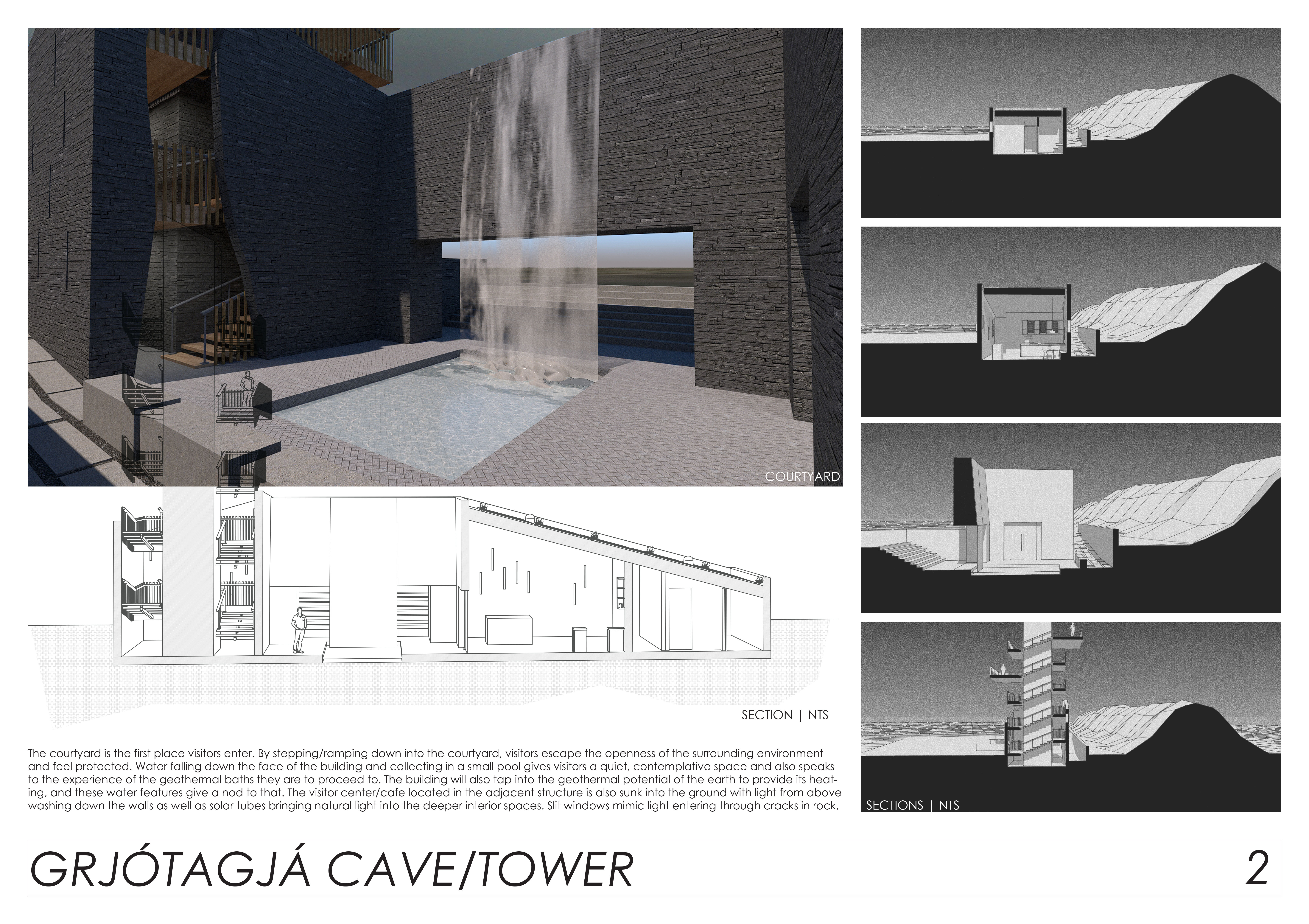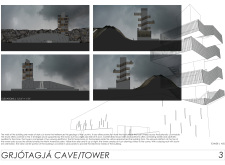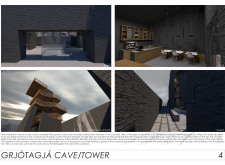5 key facts about this project
Functionally, the project serves multiple purposes, catering to diverse activities and user demographics. Whether it focuses on residential, commercial, or mixed-use spaces, the layout is strategically planned to ensure efficiency. Key areas include [mention important spaces such as living areas, communal spaces, workspaces], designed to foster interaction and collaboration while providing private retreats for individual needs. The circulation pathways are planned to facilitate smooth movement throughout the structure, ensuring that all spaces are easily accessible.
One of the defining aspects of this project is its material selection, which carefully balances durability with visual appeal. Materials such as concrete, glass, wood, steel, and brick are employed thoughtfully. Concrete provides needed structural support, while expansive glass elements maximize natural light, creating an inviting atmosphere. The use of wood adds warmth and texture, serving both aesthetic and functional purposes in various applications, such as flooring and cabinetry. Steel elements contribute to the overall integrity of the design and allow for sleek lines and forms. The choice of brick in certain facades pays homage to local craftsmanship and tradition, grounding the building within its context.
A distinctive feature of this architectural design is its emphasis on sustainability. It incorporates eco-friendly technologies and methods, such as renewable energy sources, efficient insulation, and water management solutions. These features not only enhance energy efficiency but also reflect a commitment to environmental stewardship. The integration of such sustainable practices showcases a forward-thinking approach that is increasingly essential in contemporary architecture.
The design also prioritizes user experience, focusing on creating inviting and adaptable spaces. By incorporating flexible layouts, the project allows users to customize their environments according to their needs. This adaptability enables the architecture to respond to various functions over time, ensuring its longevity and relevance. Social interaction is enhanced through the inclusion of communal areas and open spaces, which encourage gatherings and a sense of community among users.
Unique design approaches are evident in the overall composition and architectural elements of the project. The integration of smart technologies allows for efficient building management and improves user comfort through customizable lighting, temperature control, and security systems. Additionally, the building form and silhouette are thoughtfully designed to reflect the surrounding landscape, harmonizing with natural topographies and urban contexts. This sensitivity to the locale enhances the architectural narrative, rooting the project in its environment while simultaneously pushing the boundaries of design.
The project represents a synthesis of diverse architectural ideas that address both immediate user needs and broader environmental concerns. By creating a harmonious interplay between form, function, and sustainability, it stands as a testament to contemporary architectural practices. The design speaks to evolving trends in architecture that prioritize not only the aesthetic but also the social, economic, and environmental dimensions of built spaces.
For those interested in a deeper exploration of the project, viewing the architectural plans, sections, and designs will provide further insights into its thoughtful execution. Engage with the detailed elements of this project to appreciate its full scope and the innovative ideas it embodies in the modern architectural dialogue.


























